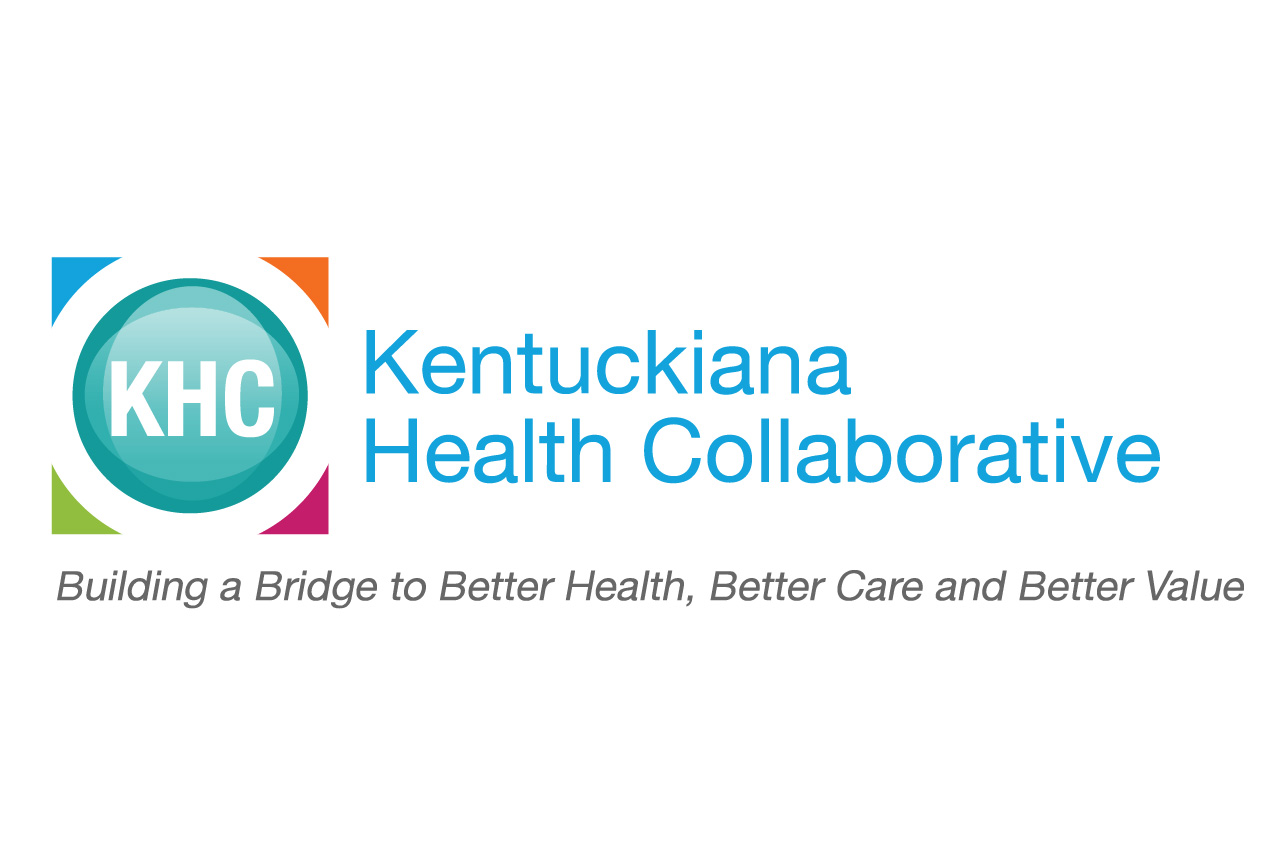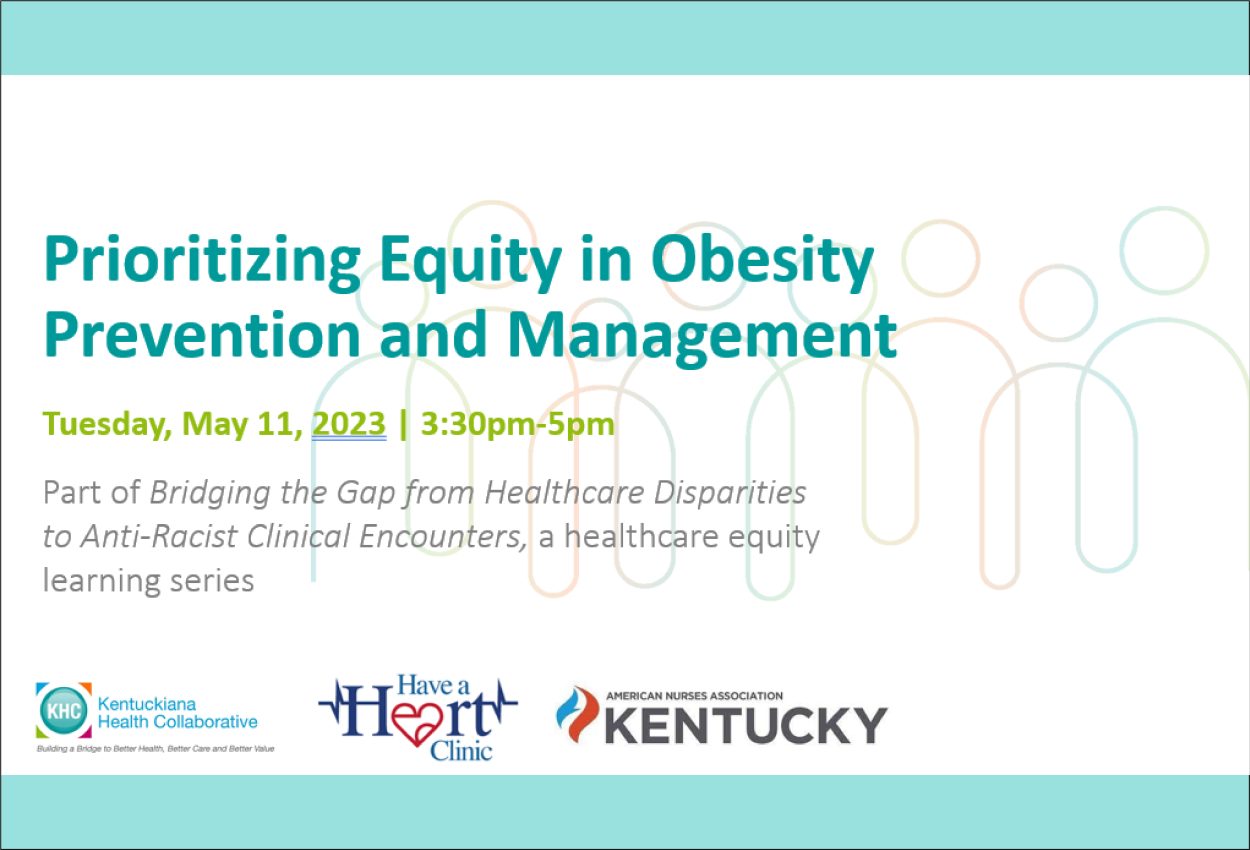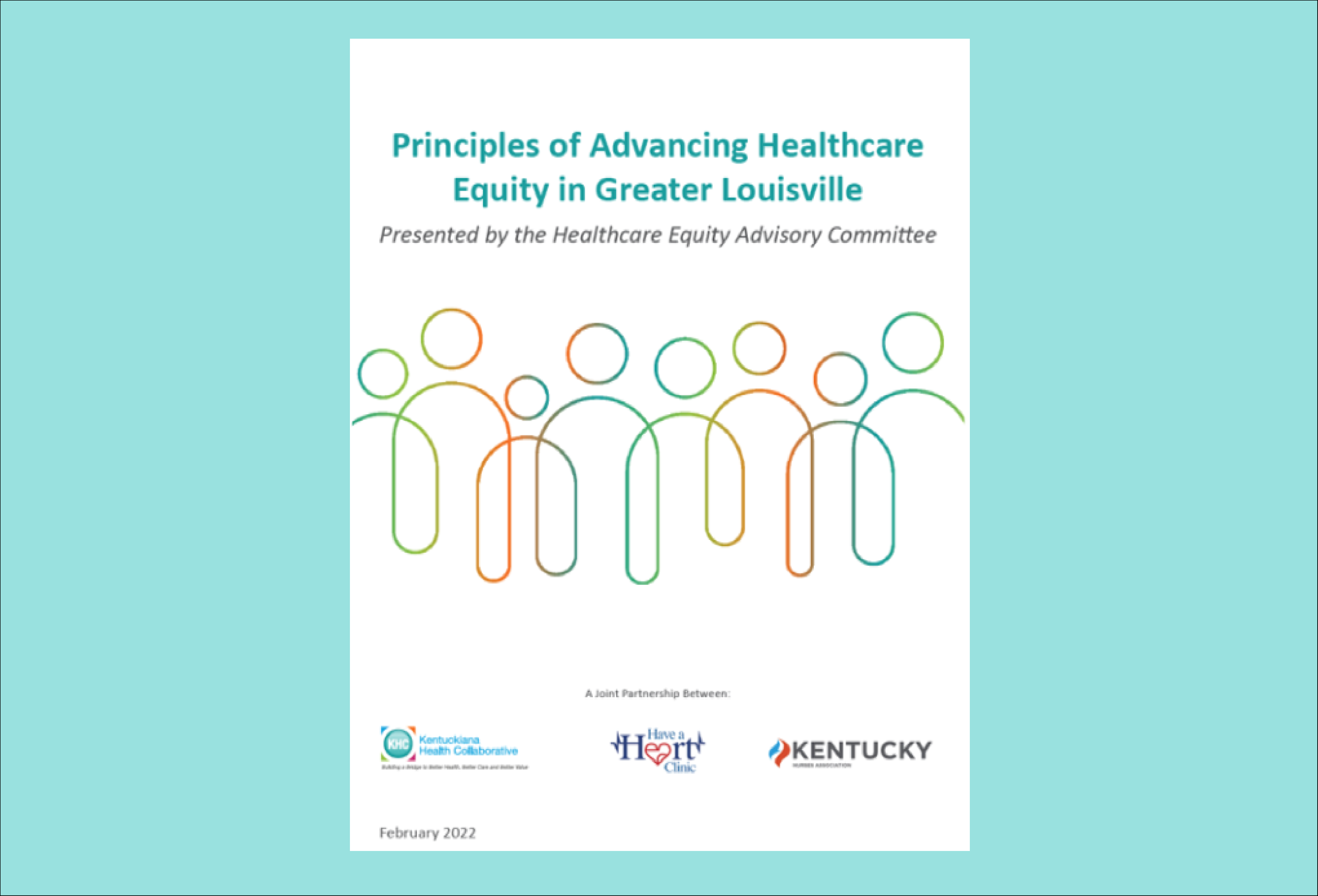Since 2017, the Kentucky Department for Public Health has been working with the Centers for Disease Control and Prevention to collect self-reported information about maternal behaviors, attitudes, and experiences around the time of pregnancy through the Pregnancy Risk Assessment Monitoring System (PRAMS). PRAMS was developed in 1987 and is now in 46 states, the District of Columbia, New York City, Puerto Rico, and the Northern Mariana Islands. The births across participating PRAMS sites represent 81% of all live births in the United States, making PRAMS a valuable source of information about maternal and infant health, including prenatal care. Between 2017-2020, 3,172 Kentucky residents responded to the PRAMS survey and, by using weights in the analysis, we can calculate population-level estimates that represent nearly all live births to Kentucky women. PRAMS survey data is linked to the infant’s birth certificate data so that demographic information, like educational attainment and race, can be identified for survey respondents.
Early prenatal care, or care that begins in the first twelve weeks of pregnancy, is associated with improved health outcomes for mothers and infants. Healthy People 2030 includes an objective to increase the proportion of pregnant women who receive early and adequate prenatal care and, while the majority of women in the U.S. receive early care, the number has been falling. In 2018, 76.4% of pregnant females in the U.S. received early prenatal care but, by 2021, that percentage had decreased to 75.6%, one of many impacts of COVID-19. Given the persistently high rates of adverse maternal and infant outcomes in the U.S., including maternal and infant death, more awareness of who is, and who is not, receiving early prenatal care is one pathway to identifying and connecting more women to care.
I analyzed 2017-2020 PRAMS data using a logistic regression and found clear disparities in the timing of prenatal care initiation by marital status, race, maternal and paternal educational attainment, income, insurance type, household income, receipt of the federal Nutrition Program for Women, Infants, and Children (WIC), and pregnancy intention. A few key findings of the analysis are below:
- Most women in Kentucky, 86.3%, received early prenatal care and, on average, at 8.4 weeks gestation. However, among these women, 11.6% received less than adequate care, meaning they received 50-79% of the expected prenatal care visits.
- On average, Black women enter prenatal care slightly later than white women at 8.9 weeks gestation compared to 8.3 weeks gestation.
- Black women with an unintended pregnancy had their first prenatal care visit at 9.3 weeks gestation compared to white women with an unintended pregnancy at 8.8 weeks gestation.
- On average, Black women with less than a high school education had their first prenatal care visit at 10.2 weeks gestation. White women with the same educational attainment had their first visit at 11.1 weeks gestation.
- Receipt of WIC, the federal nutrition program for pregnant women, new mothers, and infants, was a protective factor. Women who received WIC during pregnancy were 1.4 times more likely to receive early prenatal care than women who didn’t receive WIC.
- Women with a bachelor’s degree or higher were 2.6 times more likely to receive early prenatal care than women with a high school education.
- There was a 40.7% reduction in the likelihood of women receiving early prenatal care when the father of their infant had less than a high school education.
- An unintended pregnancy was associated with a 47.7% reduction in the likelihood of receiving early prenatal care compared to an intended pregnancy. Women who responded that they were unsure whether they wanted to be pregnant had a 35.7% reduction in the likelihood of early prenatal care compared to those with an intended pregnancy.
Early prenatal care is critical for all women but, especially for women who may be at risk for adverse outcomes. While we didn’t look at outcomes in this study, we know from national research that the women we identified as being less likely to receive early prenatal care also tend to be disproportionately impacted by poor health outcomes. While the Kentucky PRAMS data does not provide information about specific barriers to care, national research points to a variety of factors. Some of these include a lack of awareness of being pregnant, no reliable transportation to prenatal care appointments, no available appointments, not having a Medicaid card, and the inability to take paid time off work to go to the doctor, an important benefit for low-income mothers who tend to start prenatal care later than higher income moms and who also experience poorer maternal and infant outcomes. Systemic issues such as a lack of prenatal care providers in a community can delay the initiation of prenatal care or cause women to forego care altogether.
In 2020, 48.3% of Kentucky counties were considered maternity care deserts, a county that does not have a hospital or birth center offering obstetric care and has no obstetric providers. One finding was that WIC was a protective factor for women, facilitating earlier access to prenatal care. This finding aligns with other research that has identified WIC as an important program for improving birth outcomes, reducing infant deaths, and improving long-term outcomes for children. The analysis also showed, however, that many women who received early prenatal care did not receive adequate care, meaning they did not visit their provider for the fully recommended schedule of visits.
This was an exploratory study but, clearly, more work needs to be done to identify individual, community, and systemic factors associated with uptake of prenatal care and associated outcomes for moms and babies. When we understand and agree on the root causes of an issue, we can work together to create and implement solutions that can lead to meaningful, long-lasting, systemic change and improve health outcomes.
KHC’s Director, Data Management and Innovation, Melissa Eggen, will be presenting this research on April 22, 2023, at the Kentucky Public Health Association’s Annual Conference in Bowling Green. We hope to see you there and, if you can’t make it, we welcome more discussion about this topic. Contact Melissa Eggen at meggen@khcollaborative.org.






